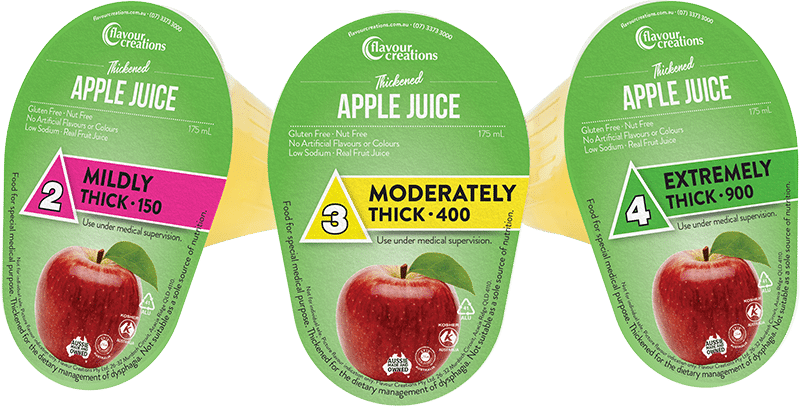
Recently, companies have been marketing fruit juices with the “no sugar added” feature, in part, to address the concern of exceeding the daily-recommended intake for sugar. It was suggested that too much sugar could pose harmful health effects, as people could develop diabetes, obesity, heart disease, and other complications from excess consumption. Although the sugar is natural, it may not be healthy in high quantities. However, they may also have high sugar content. Fruit juices are a convenient way for people to receive the benefits of various fruits. Many people consume fruit juices on a daily basis. The results suggested that the sugar content in the commercially bottled 100% fruit juice with the “no sugar added” label is an accurate representation of sugar content in the freshly-extracted juice of the corresponding fruit.įruits contain many beneficial qualities to one’s health they provide an abundance of vitamins, minerals, antioxidants and fibers, which are all essential for the human diet. Application of the Mann-Whitney test on the experimental data demonstrated no statistically significant difference (p > 0.05). The same testing protocol was also applied to the bottled 100% fruit juice.

The fresh fruits were juiced and three samples were tested for sugar concentration using a Brix refractometer. All bottled juices and fresh fruits were purchased in Toledo, Ohio, USA during the winter of 2012. The fruit juices that were tested included apple, grapefruit, orange, pineapple, pomegranate, red grape and white grape. The reported study was performed to address the potential concern that commercially-bottled 100% fruit juices with “no sugar added” may contain higher sugar content than extracted juice of fresh fruit. The goal of the study was to determine if the sugar content of bottled 100% fruit juice with a “no sugar added” label is equivalent to that of extracted juices of fresh fruits. This paper presents findings of an experiment for the comparison of sugar concentration in extracted juice of fresh fruit to that of commercially-bottled 100% fruit juice with a “no sugar added” attribute. Keywords: Sugar Content Analysis Bottled Juice Fresh Fruit Juice 100% Juice Label Brix Refractometer "The take-away message from our study is that people who are looking to improve their cardiovascular function through increased antioxidant consumption might prefer a glass of purple grape juice in the morning to orange juice.Email: August 22 nd, 2012 revised September 21 st, 2012 accepted September 29 th, 2012 "In our tests, we saw dramatically superior antioxidant performance by the grape juice in in vitro and ex vivo oxidation studies, as well as when human subjects consumed the two juices," Vinson says. And whereas those drinking grape juice showed an increased lag time of 27 percent, those drinking orange juice showed no increase at all. In particular, lead researcher Joe Vinson and colleagues compared the LDL oxidation delay brought about in subjects who drank either 13 ounces of purple grape juice or 11 ounces of orange juice each day for one week. The second paper from chemists at the University of Scranton shows that purple grape juice also delays LDL oxidation. If you're not an apple fan, try grape juice. "But this is the first clinical study to show the potential benefits of active compounds in apple juice and apples."

"Previous studies have shown that eating fruits and vegetables is associated with a reduced risk of coronary artery disease," says lead researcher Dianne Hyson. And the longer it takes for LDL to oxidize, or break down in the blood, the less likely it is to contribute to atherosclerosis. Davis School of Medicine reveals that eating two apples a dayor drinking 12 ounces of apple juicecan dramatically slow the oxidation of low-density lipoproteins (LDL), or bad cholesterol. Indeed, the first paper from scientists at the U.C. this list of heart-healthy antioxidants grows longer this month, based on two new reports in the winter issue of the Journal of Medicinal Foods.


 0 kommentar(er)
0 kommentar(er)
